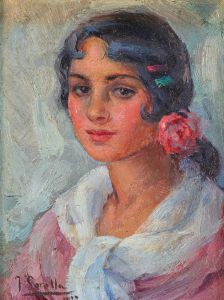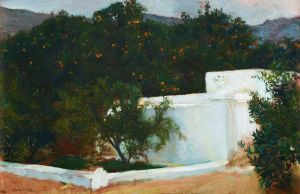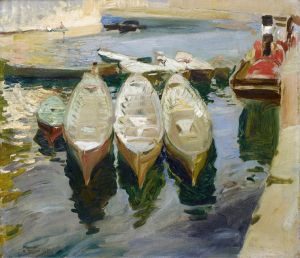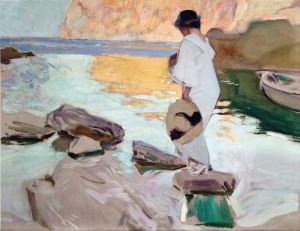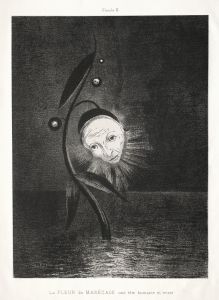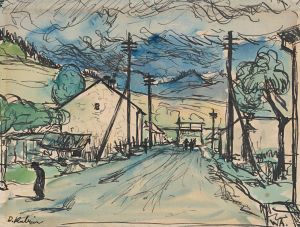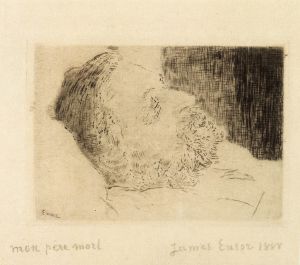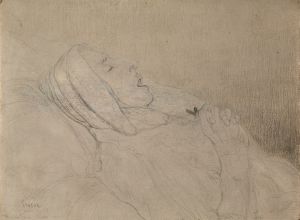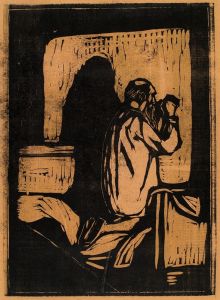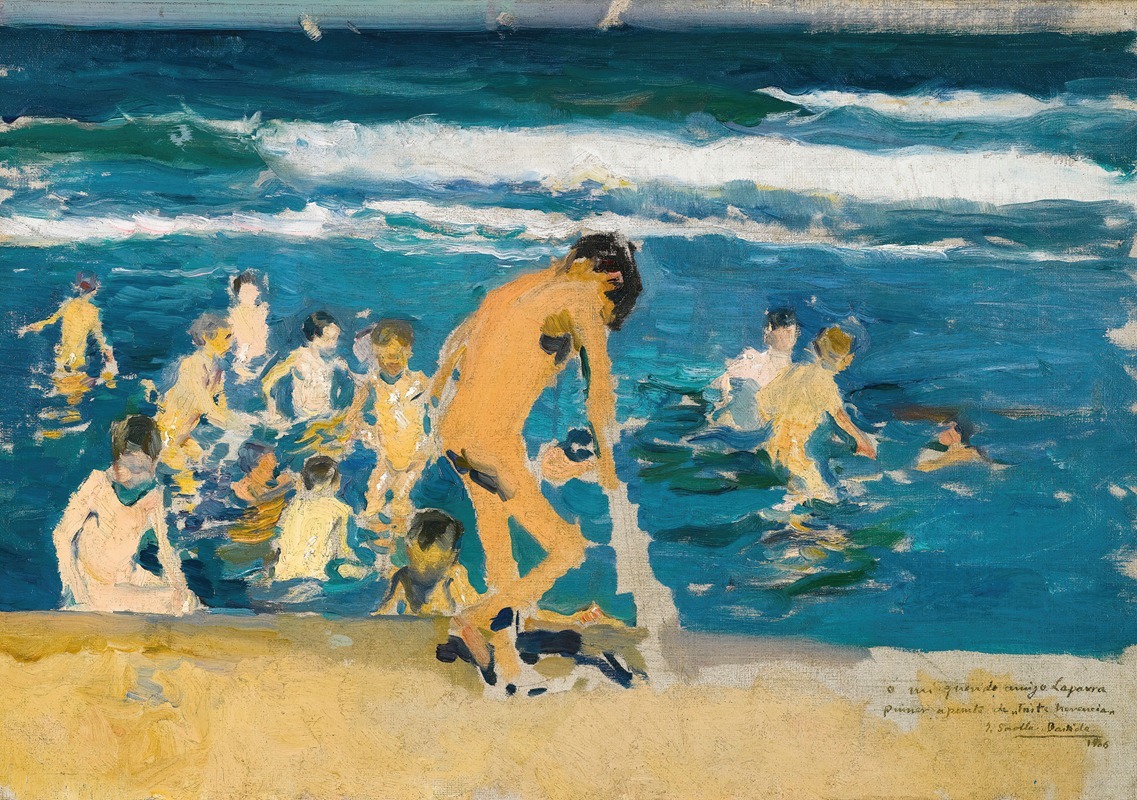
Study For Sad Inheritance
A hand-painted replica of Joaquín Sorolla’s masterpiece Study For Sad Inheritance, meticulously crafted by professional artists to capture the true essence of the original. Each piece is created with museum-quality canvas and rare mineral pigments, carefully painted by experienced artists with delicate brushstrokes and rich, layered colors to perfectly recreate the texture of the original artwork. Unlike machine-printed reproductions, this hand-painted version brings the painting to life, infused with the artist’s emotions and skill in every stroke. Whether for personal collection or home decoration, it instantly elevates the artistic atmosphere of any space.
"Sad Inheritance" (Spanish: "Triste herencia") is a poignant painting by the Spanish artist Joaquín Sorolla, completed in 1899. This work is one of Sorolla's most significant pieces, showcasing his mastery in capturing light and his deep empathy for human subjects. The painting is notable for its social commentary, reflecting the artist's concern with contemporary issues of his time.
The painting depicts a group of physically disabled children, many of whom are affected by polio, bathing in the sea under the supervision of a monk from the Order of St. John of God. The scene is set on the beach of El Cabañal in Valencia, Spain, a location that Sorolla frequently used in his works due to its vibrant light and dynamic atmosphere. The children, some using crutches, are portrayed with a sense of vulnerability and innocence, contrasting with the serene and luminous backdrop of the sea and sky.
Sorolla's use of light in "Sad Inheritance" is particularly striking. The painting captures the bright, natural light of the Mediterranean, which illuminates the figures and creates a sense of warmth and hope amidst the somber subject matter. This interplay of light and shadow is a hallmark of Sorolla's style, often earning him the title of "Master of Light."
The painting was first exhibited at the Universal Exposition in Paris in 1900, where it received critical acclaim and won the Grand Prix. This recognition helped establish Sorolla's international reputation as a leading artist of his time. "Sad Inheritance" is often regarded as a departure from Sorolla's more typical themes of joyful beach scenes and portraits, showcasing his versatility and depth as an artist.
The work is also significant for its social implications. During the late 19th and early 20th centuries, polio was a prevalent disease, and those afflicted were often marginalized. By choosing to depict these children, Sorolla brought attention to their plight and the compassionate efforts of religious orders to care for them. The painting serves as a historical document, reflecting the societal attitudes and challenges of the era.
"Sad Inheritance" is housed in the Bancaja Foundation in Valencia, Spain. It remains an important piece in Sorolla's oeuvre, exemplifying his ability to blend technical skill with emotional depth. The painting continues to be studied and admired for its artistic merit and its powerful commentary on human suffering and compassion.
Sorolla's work, including "Sad Inheritance," has been influential in the development of modern Spanish art. His ability to convey emotion through light and color has inspired generations of artists. Today, Sorolla is celebrated as one of Spain's most important painters, and "Sad Inheritance" stands as a testament to his enduring legacy.





